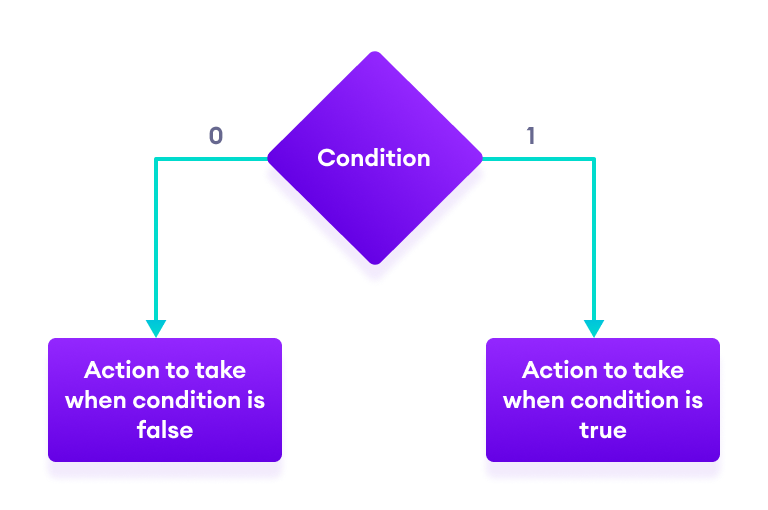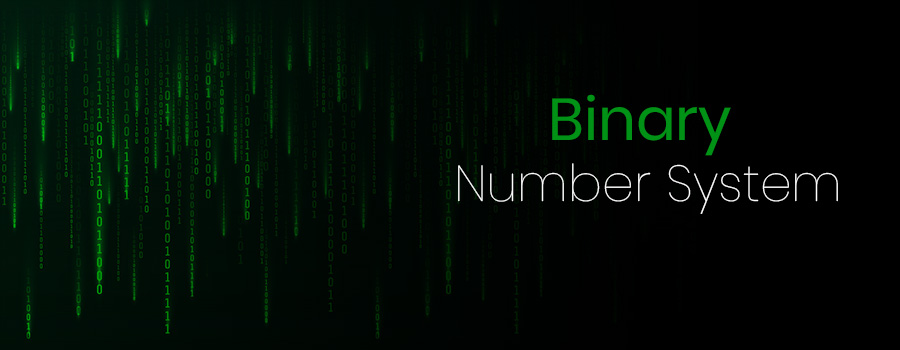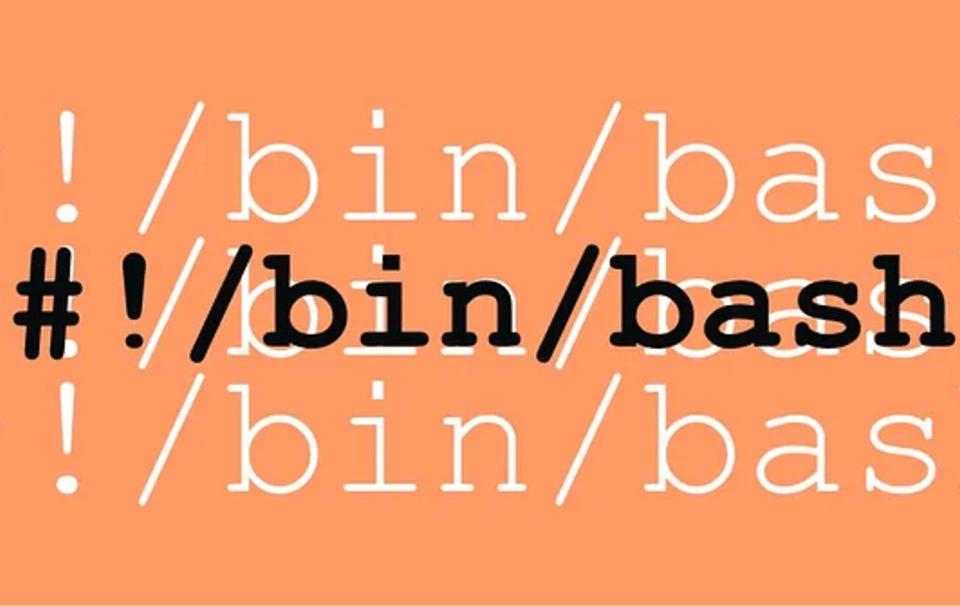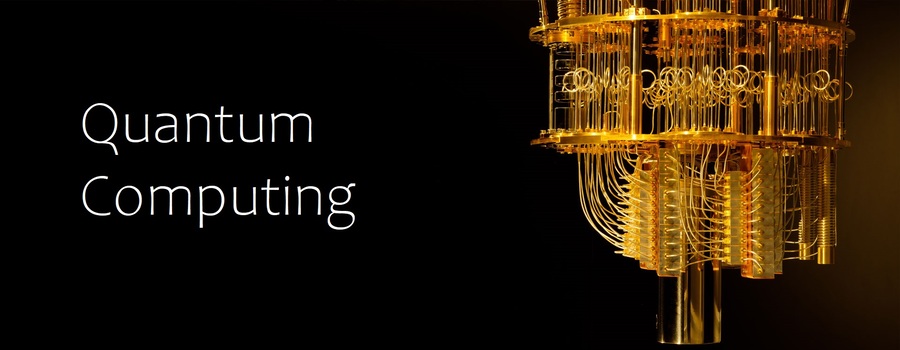Binary Number System

LARAVEL VS YII: WHICH ONE IS BETTER
24th November 2020
A COMPREHENSIVE GUIDE ON SOFTWARE DEVELOPMENT (VERSION 2021)
26th November 2020While possessing a vast knowledge of mathematics is not necessary to learn computer programming, it certainly helps to have a basic grasp of some of the foundational mathematics that makes computing possible. And what could be more fundamental to modern computing than binary mathematics?
The term ‘binary’ means something that has only two possible objects or states. In the binary number system, these two objects are the numbers 0 and 1. These two numbers can represent a variety of things.
For example, in computer logic, 0 represents “false” while 1 represents “true”. Or they could be used to represent ordinary numbers as combinations of 1’s and 0’s. An example of this would be the representation of the numbers 0, 1, 2, 3, and 4 in three binary digits as 000, 001, 010, 011, and 100 respectively.
But what does this all mean at the fundamental level of computing? Why is the binary number system used as the foundation for all of our computing?
Perhaps it would be easier to understand all of this if we can understand the basic working of computers at the machine level.
0’s and 1’s: Interpreting the Workings of Computer Circuitry
computers operate on the electrical signals generated by these circuits. In order to design a computer that runs efficiently, we need a system that can interpret electrical signals in a simplified and effective manner.
A good way of doing this is to interpret electrical signals as binary values: 0 for a low voltage value and 1 for a high voltage value. An easier way of thinking about this is to imagine a light bulb. If the bulb is off, that state is interpreted as having the value 0. If it is on, it is interpreted as having a value of 1.

Boolean Logic: Using Binary Numbers to Understand Computer Logic
Computer programs use a very specific system of logic to carry out their instructions. This is known as Boolean logic, formulated by the English mathematician George Boole during the 19th Century.
Boole developed a system of arithmetical and logical operations that utilize the binary system of numbers. Boolean logic deals with only two possible values: true or false. True is represented by 1 and false is represented by 0. All logical operations result in only one of these two binary values.
Modern computers use this form of logic to make decisions all the time. These decisions result in our computers taking a particular course of action instead of another.
To realize how crucial this system is for computers, one need not look any further than the existence of Logical Operators in most programming languages: the AND, OR, and NOT operators.
These operators are directly taken from the AND, OR, and NOT operations from Boolean logic. And anyone with a cursory knowledge of programming knows that these operations are central to programming.
But the influence of Boole’s work doesn’t end there. In fact, many programming languages have a data type named boolean, which can only store either “true” or “false” i.e. 1 or 0.
These boolean variables and logical operators are fundamental components used in implementing conditional statements and control statements in programming languages. As a result, their importance cannot be overstated, since this is Programming 101.
There are also many other, more creative, and more sophisticated ways we can use binary numbers in programming languages. However, this blog post serves as a mere overview of some of the things binary numbers can be used for.
As such, we won’t be diving into any technical programming details. Perhaps I will explore more of those topics in later blog posts. For now, let us just explore the simpler topic of numerical representations in computers.





